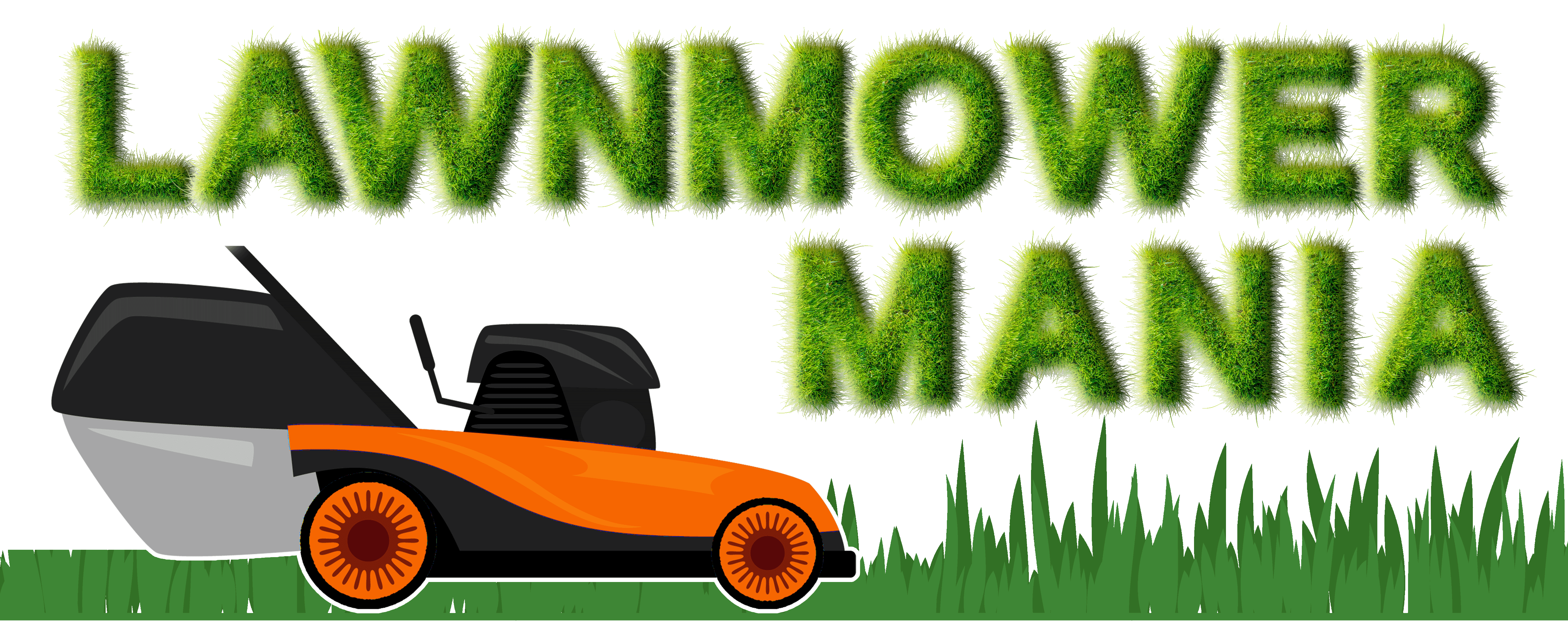
Legal Disclosure By clicking a retailer link you consent to third party cookies that track your onward journey. If you make a purchase, we will receive an affiliate commission which supports our mission to provide you with the best lawn care and lawnmower advice.
Best Grass Seed for Early Sowing
A1 Lawn's Cool Start Grass Seed is uniquely formulated to thrive and sprout effectively in cooler climates. Additionally, this variety of grass seed boasts remarkable resilience, making it perfectly suited for high-traffic zones. It stands out as the perfect solution for rejuvenating sports fields and lawns that have endured the brunt of winter's harsh conditions.
Exceptionally durable
Rapid germination rate
Sourced from UK harvests
Certified by DEFRA, FERA, and SASA

Learn more at Amazon
This grass seed blend combines 40% Tetraploid Dwarf Amenity Ryegrass with 60% Dwarf Amenity Ryegrass, creating a robust and versatile turf suitable for various applications.
Tetraploid Dwarf Amenity Ryegrass (40%):
Stress Tolerance: Tetraploid varieties are known for their exceptional tolerance to stress, including drought and wear, due to their larger cell structure and increased chlorophyll content.
Rapid Establishment: This type of ryegrass germinates and establishes quickly, providing fast ground coverage and a dense turf.
Disease Resistance: The tetraploid ryegrass has a natural resistance to many common turf diseases, reducing the need for chemical treatments.
Dwarf Amenity Ryegrass (60%):
Fine Texture: Dwarf Amenity Ryegrass offers a fine leaf texture, contributing to a smooth and aesthetically pleasing lawn surface.
Durability: Despite its fine appearance, this ryegrass is hard-wearing and capable of withstanding high traffic, making it ideal for both ornamental lawns and sports fields.
Low Maintenance: This variety requires less mowing compared to other ryegrasses, thanks to its dwarf growth habit, making lawn care more manageable.
Benefits of the Blend:
Enhanced Durability: The combination of tetraploid and dwarf ryegrasses results in a lawn that is both visually appealing and capable of enduring heavy use and environmental stress.
Quick Recovery: The rapid establishment rate of the tetraploid ryegrass, coupled with the resilience of the dwarf variety, ensures that the turf recovers quickly from wear and tear.
Year-Round Green: Both types of ryegrass maintain a deep green color throughout the year, enhancing the lawn's aesthetic appeal across seasons.
Eco-Friendly: The disease resistance inherent in this blend reduces the need for chemical fungicides, making it a more environmentally friendly option for lawn care.
Overall, this blend is an excellent choice for those seeking a high-quality, low-maintenance lawn that combines the best features of tetraploid and dwarf ryegrasses, offering durability, beauty, and ease of care.
Sowing rate (new lawn): 35g/m2
Sowing rate (over-seeding): 20g/m2
Coverage for sowing new lawn: 5kg = 140 m2
Coverage for overseeding lawn: 5kg = 200 m2
SASA/FERA certified seed
Learn more at Amazon
For the optimal development of your lawn, it's crucial to adhere to established seeding protocols.
Starting a New Lawn:
Turn the soil to a depth of 20 to 30 centimeters.
Manually clear out all large stones and weeds.
If the soil quality is subpar or the surface is uneven, enhance it with topsoil.
Level the ground with a rake to prepare a smooth seedbed.
We advise applying Pre-Seed Fertilizer at this stage.
Post-fertilization, delay seeding by one week.
Disperse the seeds at the suggested rate, either manually or with a spreader.
Lightly rake the seeds to ensure they are just beneath the soil's surface.
Cover with a thin layer of soil to aid germination and prevent birds from feeding.
Firm the soil by walking over it or using a roller.
Water the area thoroughly immediately after seeding and keep it moist until the lawn is fully established.
Allowing the soil to dry out can impede the growth of your new lawn.
Enhancing an Existing Lawn:
Weed, Feed & Moss Killer is recommended for optimal preparation.
After applying the treatment, wait eight weeks before overseeding.
Use a rake to eliminate dead grass, moss, and weeds, and to loosen the soil.
Seed the area at the recommended density, using either hand or mechanical methods.
Ensure the seeds are lightly covered by raking them just below the soil surface.
Add a thin layer of soil on top to encourage germination and deter birds.
Compact the newly seeded area by walking over it or using a roller.
Water the area generously right after seeding and maintain moisture for successful growth.
Failing to keep the area moist can slow down the establishment process.
After your grass seeds have been sown, it's essential to provide proper care to ensure the growth of a healthy and lush lawn. Here's a brief guide on the necessary steps for the initial weeks following seeding:
Typically, grass seeds will fully germinate and establish within 6 to 8 weeks.
It's important to water your lawn consistently during this period, except on days when there's natural rainfall.
Continue this watering routine until the grass has uniformly covered the lawn.
When the grass reaches a height of 3 to 4 inches, it's time for its first mowing. Adjust your mower to its highest setting and lightly trim the top inch.
To maintain a vibrant and healthy lawn, we suggest the regular application of Seasonal Fertilizers, which will help keep your lawn green and free from diseases and weeds.
Learn more at Amazon
Best Grass Seed for Early Sowing
A1 Lawn Cool Start Grass Seed






